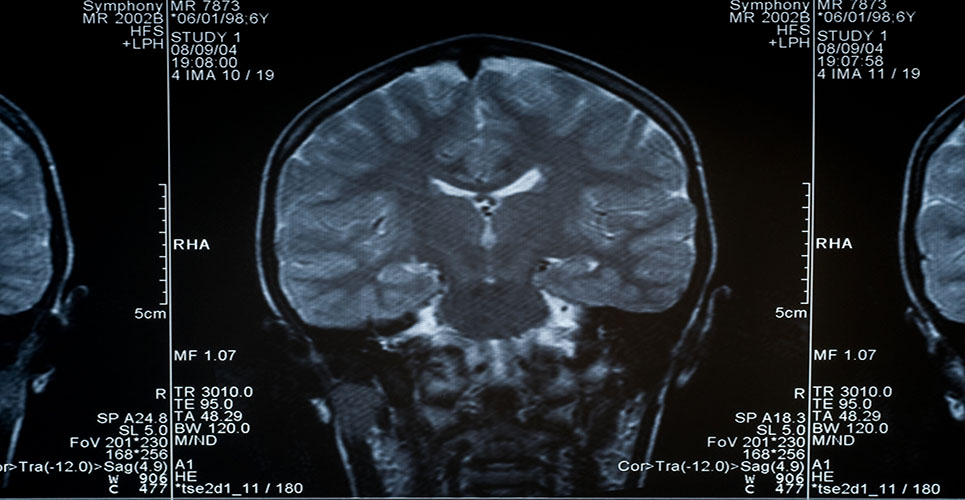teaser
A brain-scanning technique is being developed that could aid in the treatment of Alzheimer’s disease by revealing the early signs of dementia, it has been announced.
Scientists from the University of California, USA, used a PET scan to identify brain ageing, specifically the plaques and tangles that are a hallmark of neurodegeneration.
The study, published in Archives of General Psychiatry, also looked at information on patients’ age, cognitive status and a genetic profile.
Study author Dr Gary Small said: “Combining key patient information with a brain scan may give us better predictive power in targeting those who may benefit from early interventions, as well as help test how well treatments are working.”
A total of 76 volunteers were scanned after having been intravenously injected with chemical marker FDDNP that binds to plaque and tangle deposits in the brain. Researchers were then able to pinpoint where these abnormal protein deposits were accumulating.
They reported that older age correlated with higher concentrations of FDDNP in the medial and lateral temporal regions of the brain, areas involved with memory where plaques and tangles usually collect.
Of the 76 volunteers, 34 carried the APOE-4 gene allele – which heightens the risk for developing Alzheimer’s disease. This group demonstrated higher FDDNP levels in the frontal region of the brain, also involved in memory, than study participants without allele.
Copyright Press Association 2009

